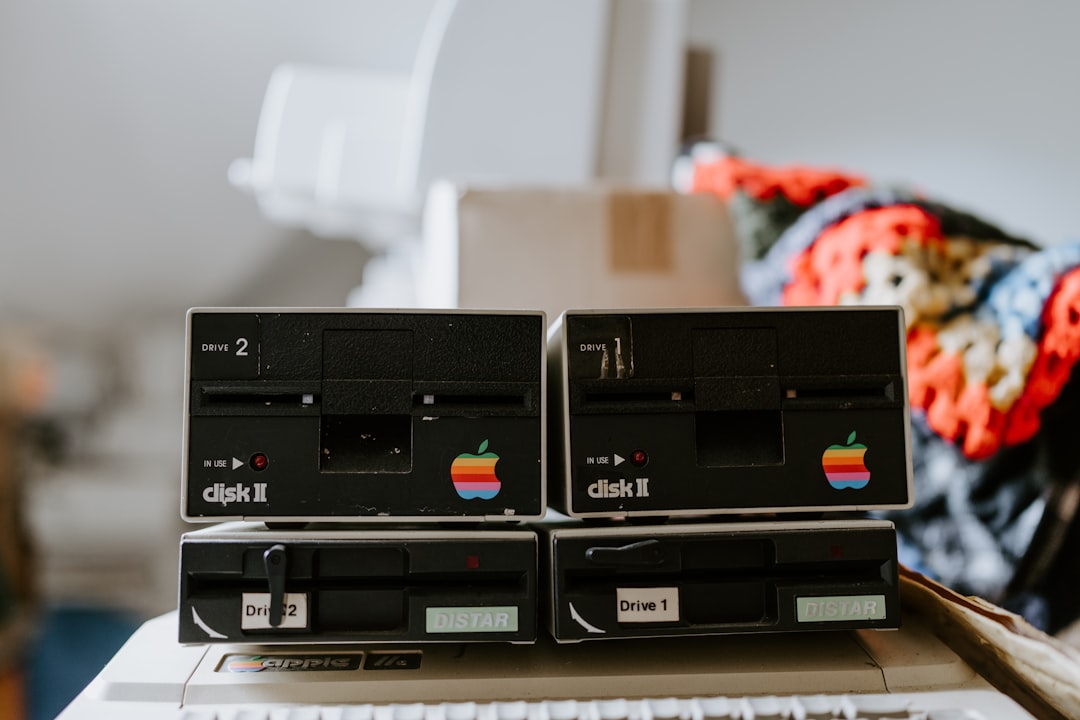Laser hair removal is a popular cosmetic procedure that utilizes concentrated beams of light to target and eliminate unwanted hair. The technology works by emitting a specific wavelength of light that is absorbed by the pigment in the hair follicles. This absorption generates heat, which damages the follicles and inhibits future hair growth.
As you consider this method, it’s essential to understand how it differs from traditional hair removal techniques like shaving or waxing. Unlike these methods, which only remove hair at the surface level, laser hair removal offers a more long-term solution by addressing the root of the problem. The effectiveness of laser hair removal can vary based on several factors, including hair color, skin type, and the area being treated.
Generally, the best candidates for this procedure have light skin and dark hair, as the contrast allows the laser to target the hair follicles more effectively. However, advancements in technology have made it possible for individuals with different skin tones and hair colors to benefit from laser treatments. As you delve into this world, it’s crucial to have realistic expectations about the results and understand that multiple sessions are often required to achieve optimal outcomes.
Key Takeaways
- Laser hair removal uses concentrated light to target and destroy hair follicles, resulting in long-term hair reduction.
- The right Philips laser hair removal device should be chosen based on skin tone, hair color, and body area to be treated.
- Before DIY laser hair removal, it’s important to shave the treatment area and avoid sun exposure to prevent skin damage.
- Using the Philips laser hair removal device involves following the recommended treatment schedule and adjusting the intensity level as needed.
- Aftercare for DIY laser hair removal includes moisturizing the skin and avoiding sun exposure, while maintenance involves occasional touch-up treatments.
Choosing the Right Philips Laser Hair Removal Device
When it comes to selecting a Philips laser hair removal device, you’ll find a variety of options tailored to different needs and preferences. Philips has established itself as a reputable brand in the beauty technology sector, offering devices that are user-friendly and effective. As you explore your choices, consider factors such as your skin type, hair color, and the areas you wish to treat.
Some devices are designed for full-body use, while others may be more suitable for smaller areas like the face or bikini line. Another important aspect to consider is the device’s features. Many Philips models come equipped with advanced technologies such as skin tone sensors that adjust the intensity of the laser based on your skin’s pigmentation.
This feature not only enhances safety but also maximizes effectiveness. Additionally, look for devices with ergonomic designs that make them easy to handle during treatment sessions. Reading customer reviews and testimonials can also provide valuable insights into the performance and reliability of different models, helping you make an informed decision.
Preparing for DIY Laser Hair Removal
Preparation is key when it comes to DIY laser hair removal. Before you begin your treatment, it’s essential to ensure that your skin is in optimal condition. Start by exfoliating the area you plan to treat a few days prior to your session.
This helps remove dead skin cells and allows for better laser penetration. Additionally, avoid sun exposure or tanning beds for at least two weeks before your treatment, as tanned skin can increase the risk of complications and reduce the effectiveness of the laser. On the day of your treatment, make sure your skin is clean and free from any lotions, creams, or makeup.
This will help prevent any interference with the laser’s effectiveness. It’s also advisable to shave the area you intend to treat a day before your session. Shaving ensures that the laser targets the hair follicles directly without being obstructed by longer hair above the skin’s surface.
Taking these preparatory steps will not only enhance your results but also contribute to a safer and more comfortable experience.
Using the Philips Laser Hair Removal Device
| Metrics | Data |
|---|---|
| Device Type | Laser Hair Removal |
| Brand | Philips |
| Usage | Home |
| Effectiveness | High |
| Number of Sessions | 4-5 |
| Skin Types | All skin types |
Once you’ve prepared adequately, it’s time to use your Philips laser hair removal device. Begin by reading the user manual thoroughly to familiarize yourself with the specific features and settings of your model. Most devices come with adjustable intensity levels, allowing you to customize your treatment based on your comfort level and skin sensitivity.
Start with a lower setting if you’re new to laser hair removal, gradually increasing it as you become more accustomed to the sensation. When using the device, ensure that you hold it perpendicular to your skin for optimal results. Move it slowly across the treatment area in a systematic manner, overlapping each pulse slightly to ensure complete coverage.
You may experience a mild tingling sensation during the process, which is normal. If at any point you feel discomfort or pain, pause and adjust the intensity level or take a break before continuing. Following these guidelines will help you achieve effective results while minimizing any potential discomfort.
Aftercare and Maintenance
After completing your DIY laser hair removal session, proper aftercare is crucial for maintaining healthy skin and optimizing results. Immediately following treatment, you may notice some redness or swelling in the treated area; this is a common reaction and usually subsides within a few hours.
Avoid hot showers, saunas, or strenuous exercise for at least 24 hours post-treatment to prevent further irritation. In terms of maintenance, it’s important to establish a schedule for follow-up treatments based on your device’s recommendations and your individual hair growth cycle. Typically, sessions are spaced about four to six weeks apart for optimal results.
Regular maintenance will help ensure that you achieve long-lasting smoothness and minimize any regrowth.
Tips for Successful DIY Laser Hair Removal

Consistency and Patience are Crucial
First and foremost, consistency is key; stick to your treatment schedule diligently for the best results. Documenting your sessions can help you track progress and stay motivated as you see changes over time.
Precautions to Take
Additionally, be patient; while some individuals may notice immediate results, others may require several sessions before experiencing significant hair reduction. Another helpful tip is to perform a patch test before treating larger areas of your body. This involves testing a small section of skin with the device to gauge how your skin reacts to the laser treatment.
Seeking Guidance and Support
If you experience any adverse reactions during this test, it may be wise to consult with a dermatologist or skincare professional before proceeding with full treatments. Lastly, don’t hesitate to reach out to online communities or forums where others share their experiences; learning from others can provide valuable insights and encouragement throughout your journey.
Safety Precautions and Risks
While DIY laser hair removal can be an effective solution for unwanted hair, it’s essential to be aware of potential risks and safety precautions associated with the procedure. One of the primary concerns is skin irritation or burns caused by improper use of the device or incorrect settings for your skin type. Always adhere to the manufacturer’s guidelines regarding usage and settings to minimize these risks.
Additionally, individuals with certain medical conditions or skin sensitivities should exercise caution when considering laser hair removal. If you have a history of keloid scarring, active skin infections, or are currently taking medications that increase photosensitivity, consult with a healthcare professional before proceeding with treatment. Being informed about these risks will empower you to make safe choices as you embark on your DIY laser hair removal journey.
Alternatives to DIY Laser Hair Removal
If DIY laser hair removal doesn’t seem like the right fit for you, there are several alternatives worth considering. Professional laser hair removal treatments performed by licensed practitioners offer a higher level of expertise and often utilize more powerful equipment than at-home devices. These treatments can provide quicker results and may be more suitable for individuals with specific skin types or concerns.
Other alternatives include traditional methods such as waxing or sugaring, which can provide temporary relief from unwanted hair but require regular maintenance. Additionally, there are newer options like electrolysis, which involves using electric currents to destroy individual hair follicles permanently. Each method has its pros and cons; evaluating them based on your preferences, budget, and desired outcomes will help you find the best solution for your needs.
In conclusion, understanding laser hair removal and choosing the right device are crucial steps in achieving effective results at home. By preparing adequately, following proper usage guidelines, and maintaining a consistent routine, you can enjoy smooth skin while minimizing risks associated with DIY treatments. Whether you opt for Philips devices or explore alternative methods, being informed will empower you to make choices that align with your beauty goals.
If you are interested in learning more about laser hair removal at home with Philips devices, you may want to check out the blog section of In Laser Hair Removal’s website. They offer valuable tips and information on how to effectively use these devices for hair removal. One article that may be of interest is “5 Fashion Trends to Pair with Your At-Home Laser Hair Removal Routine,” which provides insight on how to incorporate your hair removal routine into your overall fashion choices. Additionally, you can review their privacy policy to ensure that you are using these devices safely and responsibly.
FAQs
What is laser hair removal?
Laser hair removal is a cosmetic procedure that uses a concentrated beam of light (laser) to remove unwanted hair. The light is absorbed by the pigment in the hair follicles, which damages the follicle and inhibits future hair growth.
How does at-home laser hair removal work?
At-home laser hair removal devices use similar technology to professional laser treatments, but at a lower intensity. The device emits a light that is absorbed by the pigment in the hair follicles, effectively disabling the hair growth over time.
Is at-home laser hair removal safe?
When used according to the manufacturer’s instructions, at-home laser hair removal devices are generally safe. However, it is important to perform a patch test and follow all safety precautions to avoid any adverse reactions.
How long does it take to see results with at-home laser hair removal?
Results vary from person to person, but most users start to see a reduction in hair growth after a few treatments. It may take several weeks or months to achieve the desired results.
Are there any risks or side effects associated with at-home laser hair removal?
Some potential side effects of at-home laser hair removal may include redness, irritation, and temporary changes in skin pigmentation. It is important to carefully follow the instructions and precautions provided with the device to minimize these risks.
Who is a good candidate for at-home laser hair removal?
At-home laser hair removal is generally suitable for individuals with light to medium skin tones and dark hair. It may not be as effective for individuals with very light, red, or gray hair. It is important to consult with a healthcare professional before using the device, especially if you have any underlying skin conditions.






